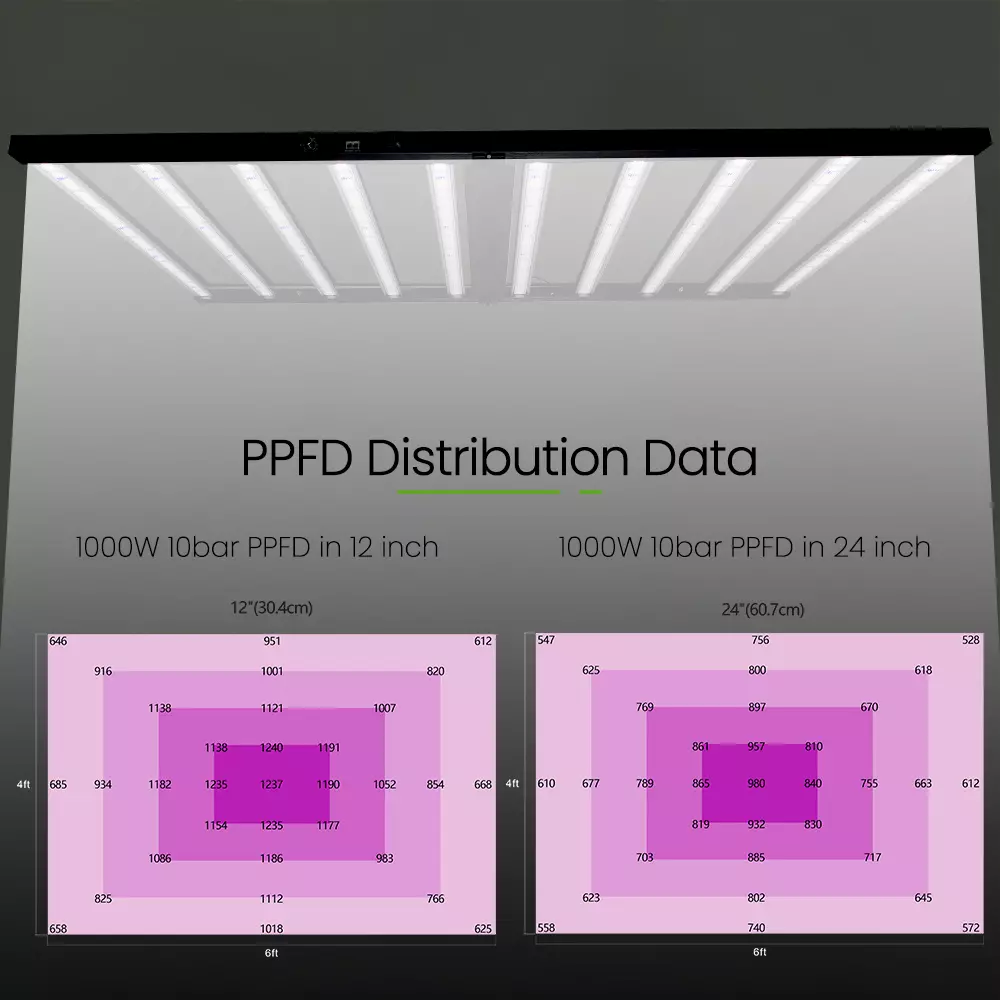
Grow lights are crucial for providing the required light for plants to develop and thrive when it comes to indoor gardening. It can be challenging to choose the best grow light for your particular needs, though, given the wide variety of grow lights that are available. The amount of lumens a grow lamp produces is one of the most crucial aspects to take into account when making your decision.
A light source’s output of visible light is measured in lumens. The brightness of the light increases with the lumen count. Lumens are not the only thing to take into account, though, when it comes to grow lights. For photosynthesis, plants need precise wavelengths of light, and various grow lights create varied light spectrums.
For instance, although conventional incandescent bulbs have a high lumen output, they do not produce the proper spectrum of light for growing plants. On the other hand, despite the fact that they might not create as many lumens as other types of lights, LED grow lights produce a specific spectrum of light that is optimal for plant growth.
How many lumens are required for a grow light then? The sort of plant you are cultivating and its stage of development will determine the answer. The vegetative stage of a plant generally requires more light than the flowering stage. Less light is needed for leafy greens and herbs than for fruiting plants like tomatoes or peppers.
Aim for at least 2000 lumens per square foot of growing space for vegetative growth and 3000–4000 lumens per square foot for flowering plants as a general rule of thumb. However, this is only a starting point, and depending on the particular requirements of your plants, you might need to change the amount of light.
The distance between the grow light and your plants is another vital factor to take into account. The amount of light your plants receive will decrease the further away it is. In order to account for the distance, you might need to raise the number of lumens.
You should take your grow light’s light spectrum into account in addition to lumens. As was previously said, various plant species require various light spectrums for optimum growth. For instance, red light is great for blooming and fruiting whereas blue light is best for vegetative growth.
In conclusion, the type of plant you are growing and the stage of growth it is in will determine how many lumens you need for a grow lamp. While lumens are crucial, they should not be the only aspect taken into account when selecting a grow light. Additionally, you should think about the light’s light spectrum and the distance between the light and your plants. You may select the ideal grow lamp for your indoor garden and guarantee that your plants get the light they require to thrive by taking into account all of these aspects.
